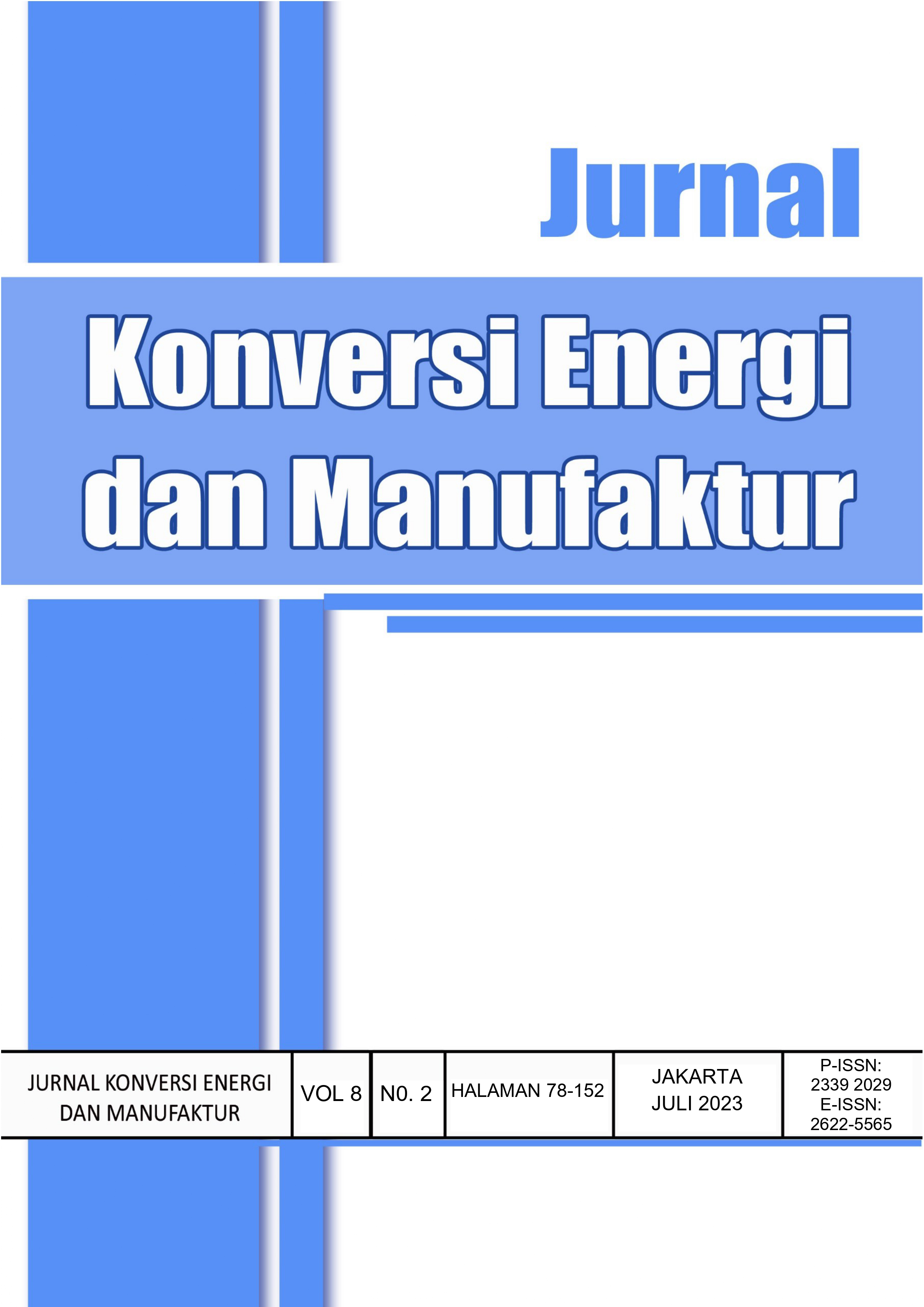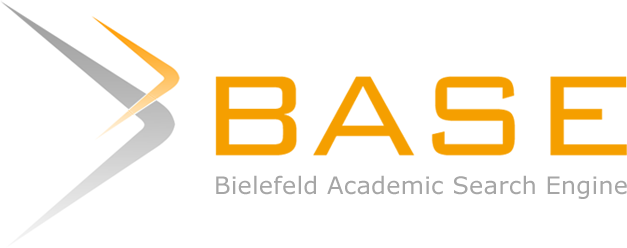DESAIN RAK TEMPAT PENYIMPANAN TABUNG GAS ARGON DENGAN KAPASITAS MAKSIMUM 3 TON
Design of the Argon Gas Storage Rack with a Maximum Load Capacity of 3 Tons
DOI:
https://doi.org/10.21009/JKEM.8.2.8Keywords:
Gas Bottle Rack, Displacement, Lifting Lug, Stress, StrainAbstract
Gas tungsten arc welding (GTAW) uses argon gas as a protective gas in the welding process. Argon gas cylinders weigh 100 kg, making it difficult to mobilize in large quantities when the welding work is at a certain height. Therefore it is necessary to create a storage area that is able to accommodate and withstand the load of gas cylinders and their contents and can be mobilized at a certain height. In order to get a suitable storage area, a design has been carried out, which includes calculating the strength of the frame, determining the material and design of the lifting lug, and calculating the welding connection of the lifting lug and hollow steel. The rack material used is SS400 type, the compressive stress that occurs due to the force acting on the hollow iron is 91.124 MPa and the stress received by the base plate is 127.5 MPa, while the allowable compressive stress for the material is 152 MPa. The load received by the lifting lug is 33,866.6 N, and the tensile stress due to the force acting on the lifting lug is 76.88 MPa, while the allowable tensile stress is 152 MPa, so the lifting lug is declared safe to use.
References
[2] J. Pan, S. Hu, L. Yang, and H. Li, “Simulation and analysis of Heat Transfer and Fluid Flow Characteristics of Variable Polarity GTAW Process Based on a Tungsten-Arc-Specimen Coupled Model,” Int. J. Heat Mass Transf., vol. 96, pp. 346–352, 2016, doi: 10.1016/j.ijheatmasstransfer.2016.01.014.
[3] H. Materials, K. Günther, J. Liefeith, P. Henckell, Y. Ali, and J. P. Bergmann, “Influence of Processing Conditions on The Degradation Kinetics of Fused Tungsten Carbides in Hardfacing,” Int. J. Refract. Metals Hard Mater., vol. 70, pp. 224–231, 2018, doi: 10.1016/j.ijrmhm.2017.10.015.
[4] M. Iqbal and A. Ibrahim, “Analisa Pengaruh Variasi Kampuh Las terhadap Ketangguhan Material Baja AISI 1050,” J. Weld. Technol., vol. 1, no. 2, pp. 26–30, 2019.
[5] H. Z. Oo and P. Muangjunburee, “Wear Behaviour of Hardfacing on 3.5 % Chromium Cast Steel by Submerged Arc Welding,” Mater. Today Proc., vol. 5, no. 3, pp. 9281–9289, 2018, doi: 10.1016/j.matpr.2017.10.101.
[6] S. T. Dwiyati, F. B. Susetyo, and A. D. P. Yudhantono, “Pengaruh Laju Aliran Gas terhadap Nilai Kekerasan dengan Proses GTAW,” J. Konversi Energi dan Manufaktur, vol. 5, no. 1, pp. 1–6, 2018.
[7] J. K. Huang, M. H. Yang, J. S. Chen, F. Q. Yang, Y. M. Zhang, and D. Fan, “The Oscillation of Stationary Weld Pool Surface in The GTA Welding,” J. Mater. Process. Technol., vol. 256, pp. 57–68, 2018, doi: 10.1016/j.jmatprotec.2018.01.018.
[8] R. P. Putra, S. Jokosisworo, and K. Kiryanto, “Pengaruh Arus Listrik dan Temperatur terhadap Kekuatan Tarik dan Impact Alumunium 5083 Pengelasan GMAW (Gas Metal Arc Welding),” J. Tek. Perkapalan, vol. 4, no. 1, pp. 152–161, 2016.
[9] P. T. I. Mudjijana, and M. N. Ilman, “Karakterisasi Pengaruh Kecepatan Las pada Pengelasan MIG AA5083H116 Dengan Elektroda ER5356,” Poros, vol. 15, no. 1, pp. 26–34, 2017.
[10] I. Gunawan, “Pengaruh Diluent Argon terhadap Reaksi Pembakaran Gas Alam (CNG),” J. Ilm. Tek. Mesin “MEKANIK,” vol. 1, no. 1, pp. 1–8, 2015.
[11] L. I. Saputra, U. Budiarto, and S. Jokosisworo, “Analisa Perbandingan Kekuatan Tarik, Impak, dan Mikrografi pada Sambungan Las Baja SS 400 Pengelasan SMAW (Shielded Metal Arc Welding) Akibat dengan Variasi Jenis Kampuh dan Posisi Pengelasan,” J. Tek. Perkapalan, vol. 7, no. 4, pp. 215–226, 2019.
[12] F. Ibriza and W. Elbi, “Perancangan Poros pada Mesin Pengurai Limbah Kelapa Muda,” J. Inov. Penelit., vol. 2, no. 12, pp. 4179–4186, 2022.
[13] Z. Fatoni and M. Lazim, “Perancangan dan Pembuatan Kait Tunggal Jenis Eye Hook dengan Beban 0,5 Ton,” J. Desiminasi Teknol., vol. 5, no. 2, pp. 152–160, 2017.






















